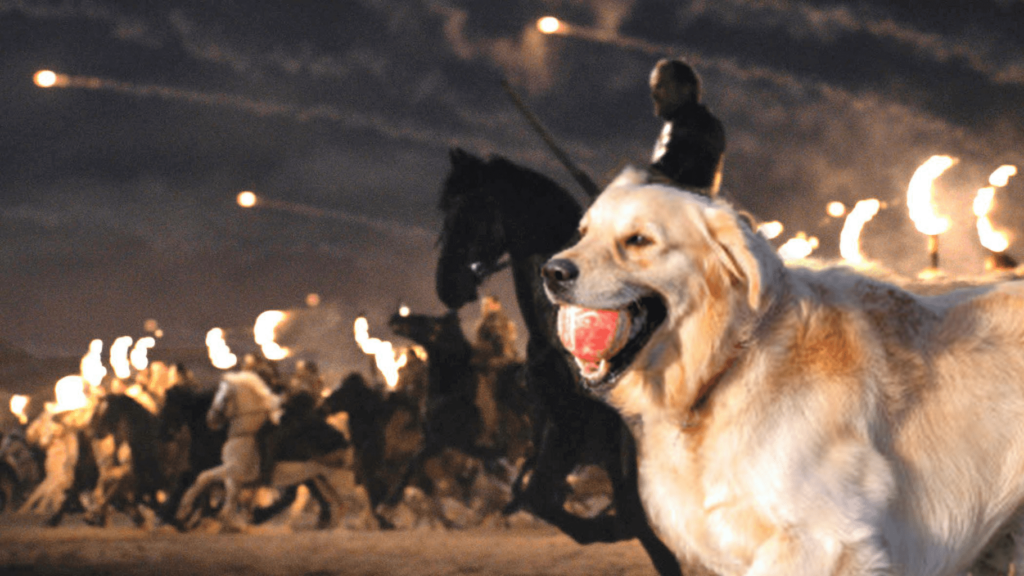The Essence of Standout Characters

Protagonists need reader identification and allegiance, but that alone doesn’t make them standout characters. A great character needs to evoke a strong emotion within readers. And there are three main qualities that allow such effect.
Captivating Protagonists: The Essentials

The defining trait of a protagonist is that the reader identifies with them, and there are two essentials that facilitate that identification.
The Two Imperatives for Compelling Dialogue

Weak dialogue portrays exchanges of information that leave the energy of the scene flat. Compelling dialogue does these two things.
Turning Points Propel Your Story

Turning points are why scenes exist. So it’s essential to understand how and why they work within your story to propel both plot and character.
Freytag’s Pyramid Doesn’t Deserve the Hate

Freytag’s Pyramid provides the most ubiquitous plot diagram for story structure, but is hated by many. Here’s why the pyramid doesn’t deserve the hate.
The Case for Pantsing

Writing “by the seat of your pants,” aka “discovery writing” works better for some writers than outlining does. Read about the rationale for pantsing here.
Irony is Central to Storytelling

Irony is more important to storytelling than you might think. It helps create more poignant story events and ushers in more meaningful character transformation.
Exposition in Dialogue

You can deliver exposition via dialogue, but you have to finesse it a little. Here we discuss how you can disguise exposition so it doesn’t feel contrived.
Earning Story Events

Earning story events means paying attention to three types of context (deep, situational, and immediate) as well as giving the character time to arrive at a response.
Your Writing Needs to Be Better Than Game of Thrones

The writing for the TV series has been in a steep downhill descent for a while, and the 3rd episode of Season 8, which needed to pay off a years-long plot arc, utterly failed to create a cohesive narrative.
